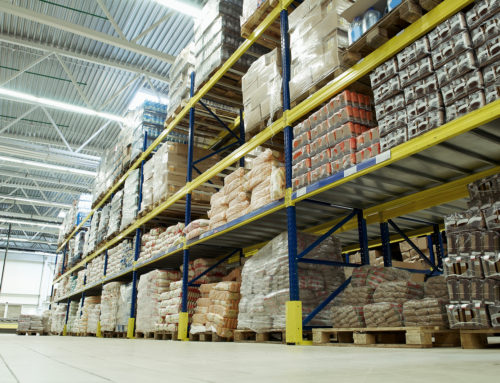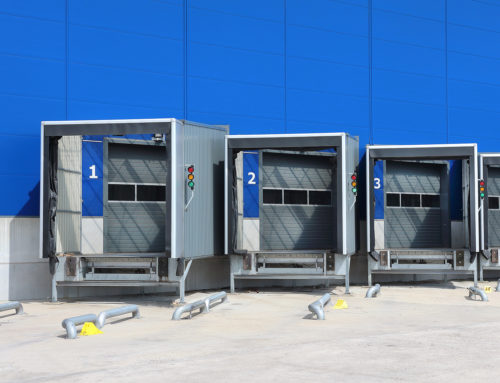As a consumer, it’s easy to ignore what happens behind the scenes when you order something online. To you, it’s just a few truck stops indicated on your online tracking. But long-term temperature-controlled warehouse storage companies go through several important steps whenever a new shipment arrives and gets sent out.
Inventory management is one of the biggest challenges facility managers face when it comes to warehouse storage. Having to keep track of inventory availability in the face of constantly incoming and outgoing stock for a wide variety of products involves a ton of logistics and processes. Changes in equipment, staffing, and facility environment must be taken into consideration as well.
We’re going to be walking through the three major steps new products take when going through a streamlined inventory management process for long-term warehouse storage. The main ones are input, storage, and output.
Incoming Items
As items arrive at your facility, they are scanned into the inventory shortly after the shipment is received.
At this point, keep track of every item by its SKU. SKU is a product identifier that differs from the standard UPC numbers used in barcodes. SKUs, in contrast, are only used internally by warehouses for their own purposes.
Set up a system where items can efficiently make their way through the storage facility after scanning. Since different products belong in different locations in the warehouse and have a different temperature or humidity requirements, tracking the location of every shipment is a must.
Long-term Storage
Keep track of shelf capacity limits before adding additional items. In addition to shelves and pallets, sometimes long-term warehouse companies have to deal with specialized containment for perishable goods like foods and pharmaceuticals.
Controlling the ambient temperature in a facility is a more complex endeavor than one would think. When even moderate changes in environmental temperature can damage vital medical or other perishable goods, the configuration of shelves and boxes can obstruct airflow in some parts of the warehouse, resulting in considerably varying temperatures throughout. Plus, areas near garage doors that open every time a truck arrives can vastly change the internal environment.
For these reasons, long-term temperature-controlled warehouse storage companies are beginning to invest in equipment for continuous temperature monitoring, as well as refrigeration systems and insulation.
Outgoing Products
Just like it sounds, the output stage of warehouse storage occurs whenever a sale is made, and an item must be shipped out. At this point, important metrics should be recorded such as:
- Remaining stock
- Date and time of the sale
- Shipment recipient
- Frequency of sales for that item
These will help you make better business decisions, such as whether to charge more for certain items or how likely a shelf will be cleared by the end of the month.
York Trans – Temperature-Controlled Warehouse Storage | Mississauga, Ontario
If your business relies on shipping packages and you’re looking for a “we’ll take care of that for you” service, look to York Transportation and Warehousing, a short and long-term temperature-controlled warehouse storage company in Mississauga, Ontario, servicing Canada and the U.S. east coast.
From packaging to transportation to warehousing, York Trans takes all the logistics, timing, and other shipping-related tasks out of your hands. Contact us today and see the difference 40 years of experience makes.
- Item warehousing is a complex process few customers and businesses will ever get to see.
- The main stages an item takes going through a warehouse are input, storage, and output. Logistics information and sales trends are collected along the way.
- Outsource all the hassle of warehousing with York Trans, a long-term temperature-controlled warehouse storage company in Mississauga, Ontario, servicing Canada and the U.S. east coast.







